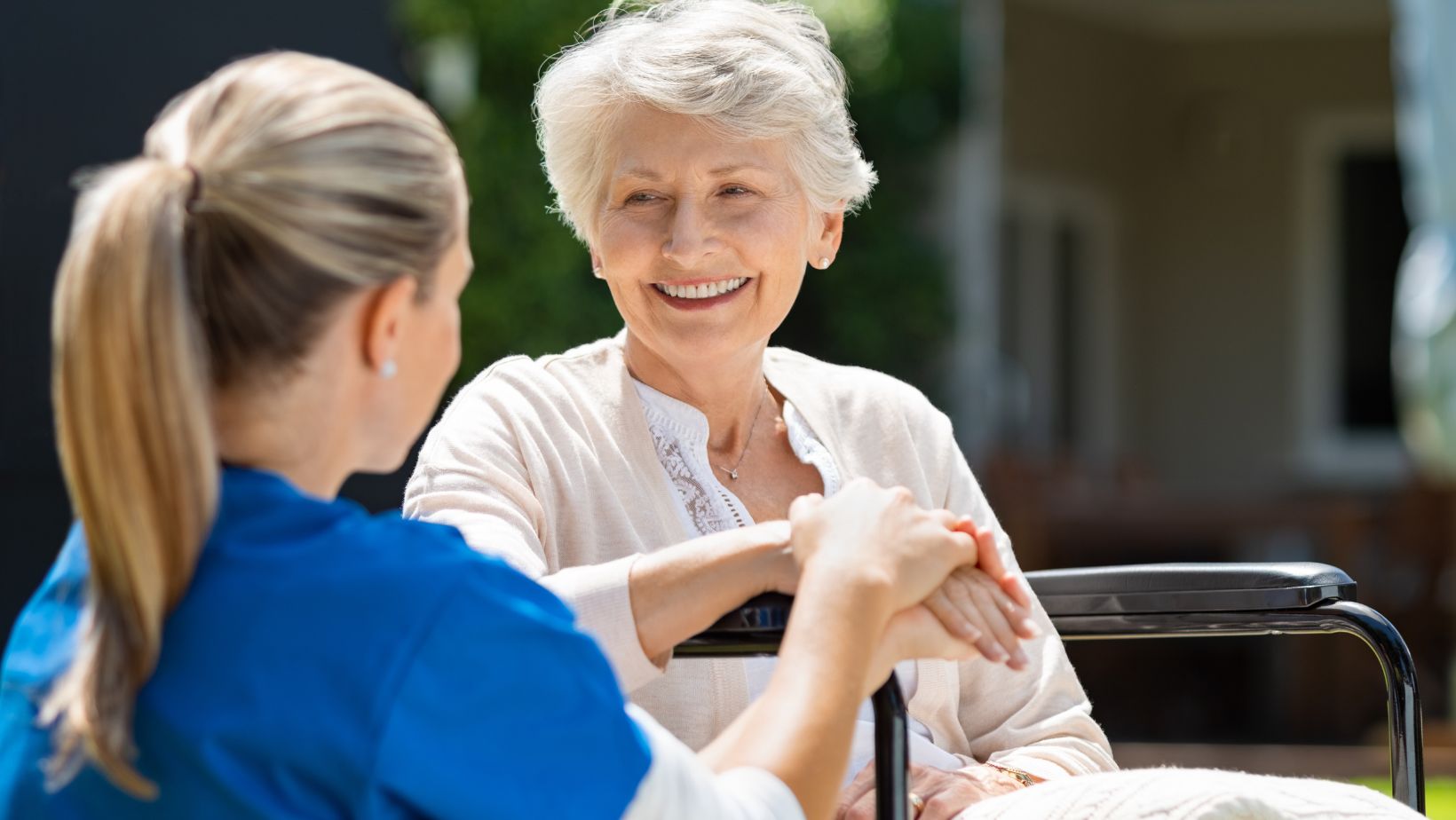
For many seniors, the desire to live comfortably at home is paramount. However, adapting to the living space becomes essential as age brings physical challenges.
While home remodeling might seem like a significant investment, it is often more cost-effective than alternatives like assisted living.
Importance of home improvement for seniors
Home modifications offer significant benefits for older adults, whether for their physical, medical, or mental health.
For instance, according to a study by the University of Sydney, among seniors with severe mobility impairments, external housing changes were associated with a
- 3% decrease in falls
- 6% reduction in pain
- 4% improvement in overall health.
But how do you approach home improvements?
Create Safety Around Outdoor Stairs
For your porch steps, install outdoor stair railings. If these are already installed, check for wear and tear and replace them as necessary. Ensure proper lighting with lighted stair railing or under-stair lighting.
Considerations Before Home Improvement
Before you begin the modification process, here are some key steps.
Begin by assessing the specific needs of aging family members through regular observation. Seek professional insights from healthcare practitioners.
Consider a comprehensive home assessment by specialists to evaluate the living environment thoroughly.
Systematically evaluate each room for potential hazards. Engage in professional evaluations to create a detailed plan to address current and future needs.
Clear spaces by removing unnecessary furniture and rugs to ensure unobstructed pathways for easy movement.
Collaborate with an occupational therapist for personalized recommendations to enhance both function and safety within the home.
When engaging specialized contractors, consider Certified Aging in Place Specialists for renovations designed to accommodate seniors’ unique needs.
Now, let us look at some top renovation suggestions tailored to seniors.
Widen Doorways
Seniors using mobility aids like walkers or wheelchairs benefit greatly from widened doorways. Costs vary based on home infrastructure, including insulation and switch/outlet placement. This modification enhances accessibility and freedom of movement.
Install Ramps
Exterior stairs can be challenging for seniors with balance issues. Installing ramps, professionally or with mobile versions, ensures independence.
Even if the senior is not in a wheelchair, ramps eliminate the need for stair climbing, ensuring accessibility. Indoor threshold ramps also facilitate seamless transitions within the home, enhancing safety.

Opt for Kitchen Modifications
Another crucial step is kitchen adaptation. Lower countertops, adjust sink height, and place microwaves at accessible levels to make daily tasks more manageable for seniors, especially those in wheelchairs.
Consider Shower and Bathtub Modifications
Replace traditional bathtubs with walk-in showers for easier access. Alternatively, walk-in tubs provide a safer bathing experience.
Safety bars, strips, and bathtub transfer benches can prevent slips and falls for existing tubs. Install a shower bench to improve bathroom safety and provide added convenience.
Useful Flooring Modifications
Evaluate existing flooring to reduce tripping hazards. Short-nap carpeting is suitable for seniors using walkers or wheelchairs.
Smooth options like hardwood, tile, laminate, and vinyl allow easier wheelchair maneuvering but may require precautions like securing throw rugs.
Consider replacing floors with materials that minimize the risk of slips.
Consider Assistive Technology
In addition to physical modifications, assistive technology enhances safety and independence. Let us look at a few options that provide valuable support.
Medical Alert Systems
These systems can offer monitoring and emergency assistance, such as smartphone apps or wearable devices. They connect to a home base, often featuring two-way communication for immediate support.
Smart Home Devices
Voice-controlled devices assist with lighting, reminders, and communication. These devices include smart lighting and smart thermostats. They contribute to a more comfortable, hands-free home control. It also creates a safer and more convenient living environment.

Security System
Advanced security systems with remote monitoring offer peace of mind and emergency response capabilities.
Assistive Seating
Electric or self-powered lifting seats provide a comfortable lift for seniors getting out of chairs. Hoyer lifts assist in moving from lying down positions, aiding in daily activities.
Additional Home Modifications
Lever-Style Door Knobs:
Lever-style door knobs, with their distinctive design, provide an ergonomic advantage over traditional round knobs. These levers are aesthetically pleasing and offer a practical solution for individuals with limited hand mobility, such as those suffering from arthritis. The ease of gripping and operating lever-style door knobs enhances accessibility, making them a thoughtful choice for homeowners seeking to create an inclusive and user-friendly environment.
Chair Lift or Elevator:
It is a valuable asset in residences featuring multiple levels, including chair lifts or elevators, particularly for seniors or individuals with mobility challenges. These accessibility solutions facilitate seamless movement between floors, creating a sense of independence and autonomy. Whether overcoming physical limitations or simplifying daily activities, chair lifts or elevators enhance a home’s overall functionality and comfort, promoting a safe and inclusive living space for residents of all abilities.
Ensuring the safety and comfort of aging loved ones at home extends beyond simple modifications. Integrating a reliable mobility solution, such as the ones provided by SD Lifts, is essential for maintaining their independence and quality of life. Whether it’s installing an elevator or a chair lift, choosing the right provider guarantees a seamless adaptation to your home’s structure, making every floor accessible without the need for strenuous movement.
Conclusion
With physical modifications and assistive technology, your home can be transformed into a safe, comfortable space for aging seniors. Remember to assess individual needs to ensure a tailored approach.
These modifications enhance safety and provide peace of mind for your aging loved ones and you.





